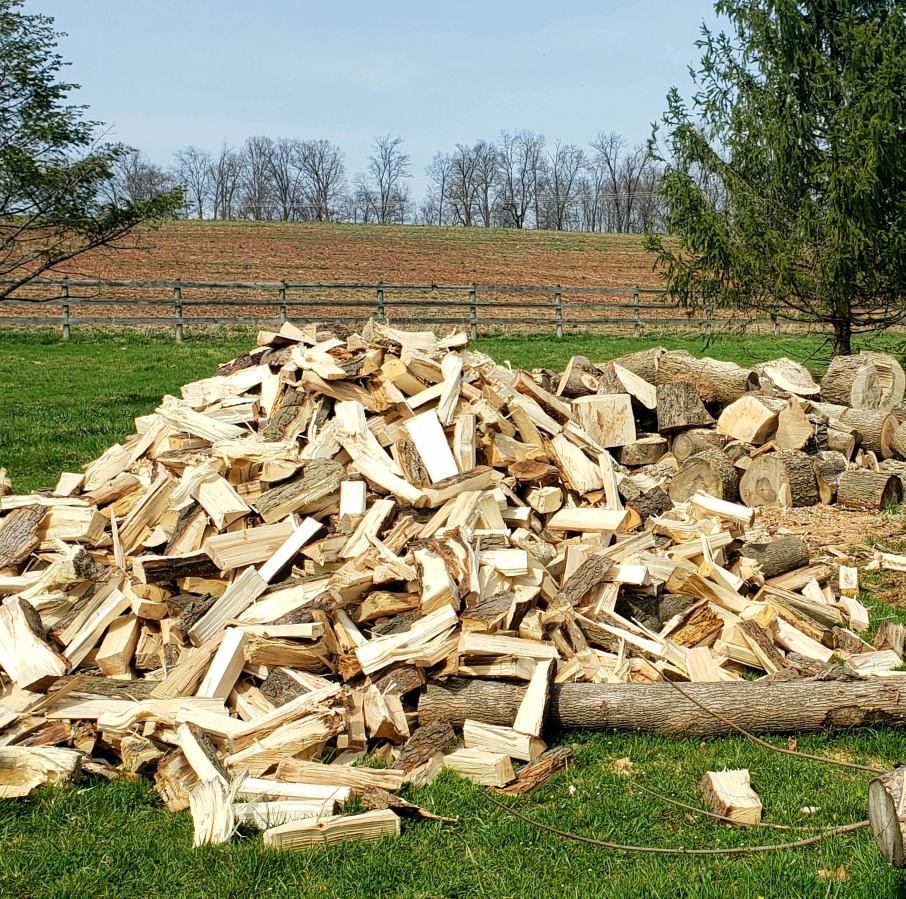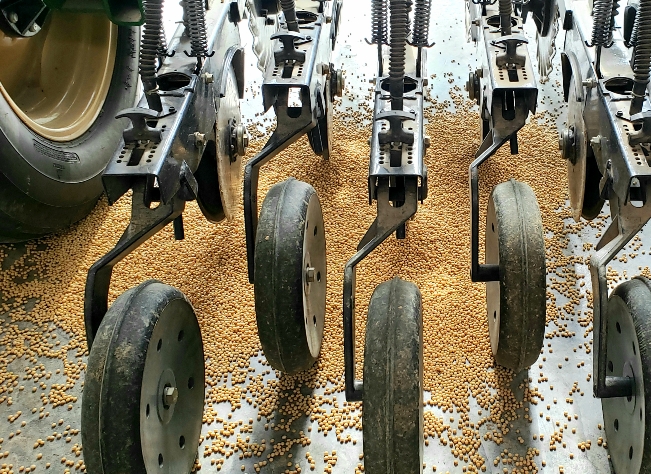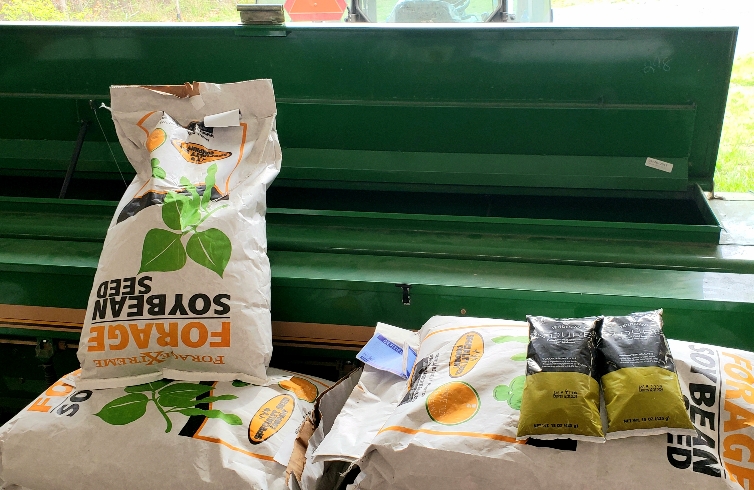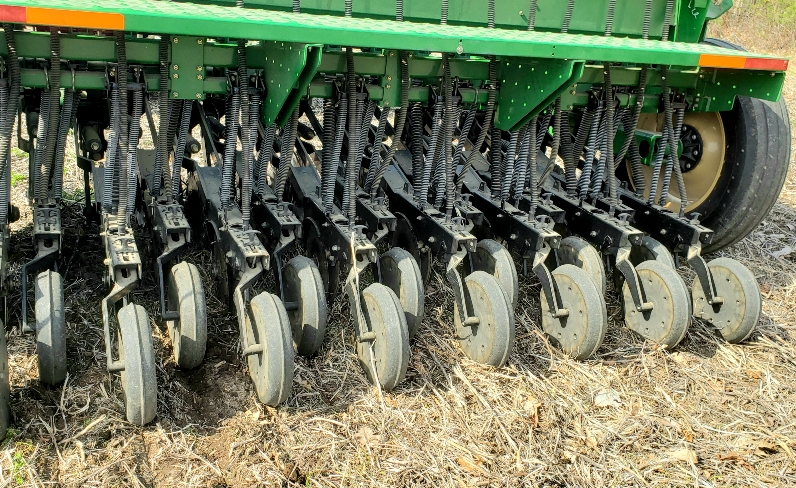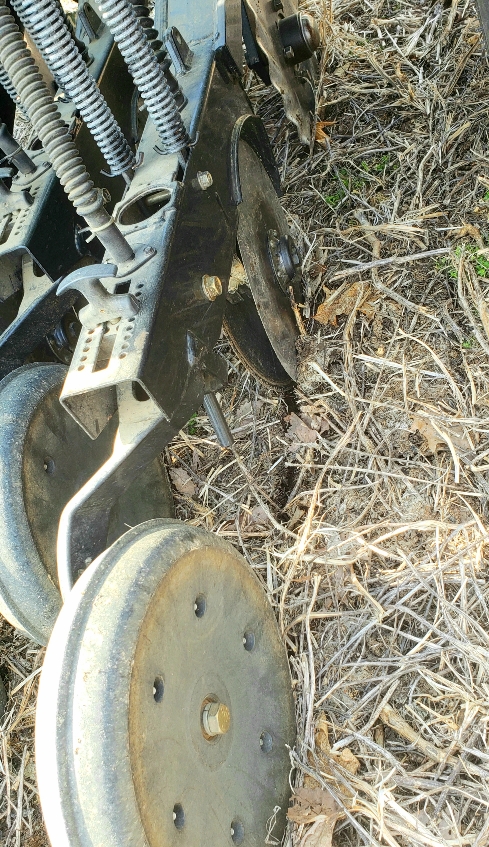You can apply Thunder during any time of growing season, but only 1 application per year, pre-plant or post-emergence, but only for legumes like clover, alfalfa or birdsfoot trefoil. I prefer midsummer, and yes, the residual will continue to keep them clean for a while. Spraying every year keeps clover clean year round. I'd advise using this only on long term clover fields so that the several month residual doesn't matter. 3-6 oz per acre is application rate, I usually put 10 oz in 25 gallons of water and spray 1.5 to 2 acres with this, shooting for a 5oz. per acre average. Its critical to mix 64oz of ams in 25 gallons of water first, and 16 oz of crop oil before adding Thunder. I wouldn't mix with any other herbicides. It's rated for weeds 3-6" high, but I've had good results with bigger weeds later in the summer. Directions say for best results mow the clover first, then spray. I usually spray a week or two after mowing in early to midsummer, but have had good results late summer as well. This stuff kills most weeds, including my main late summer problem weeds; ragweed, marestail, thistles, foxtail etc. Thunder kills grass and broadleafs so no need for clethodim when using this. I just got a gallon at Daniel's farm store for $199, which is about $6.50 an acre, so not as expensive as it seems, and this stuff will make picture perfect clover if used properly. I have perfect clover with this stuff, so I never tried Imox for comparison, which is a similar chemical but not the same. Only if Thunder quits working or becomes unavailable will I switch to Imox.
Other observations; I've had mixed results with 2,4-DB (BUTYRAC® 200) on clover, I won't be buying it any more.
Last year I had several perfect clover plots, so I didn't bother spraying at all since there were only a few random blades of grass. But on hindsight I should have sprayed, every one of those blades of grass had a cattail head that went to seed and this year I've got a major grass problem in those particular fields and have to play catchup with the weeds. Lesson learned and note to self (again) Spray my clover plots with Thunder herbicide every year, even if they look clean.



